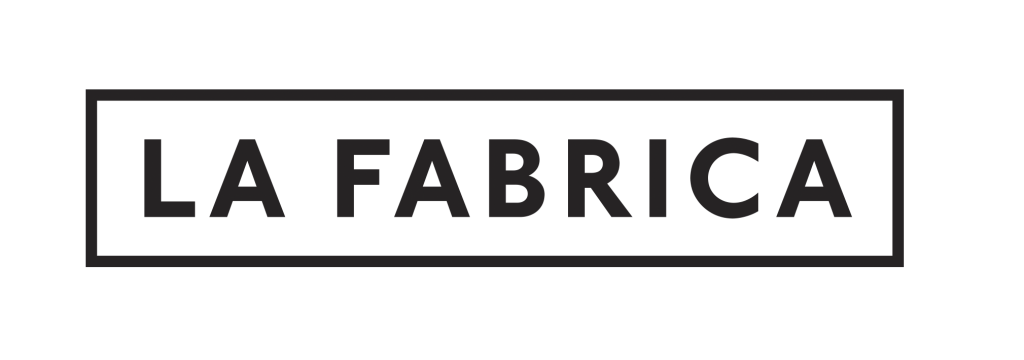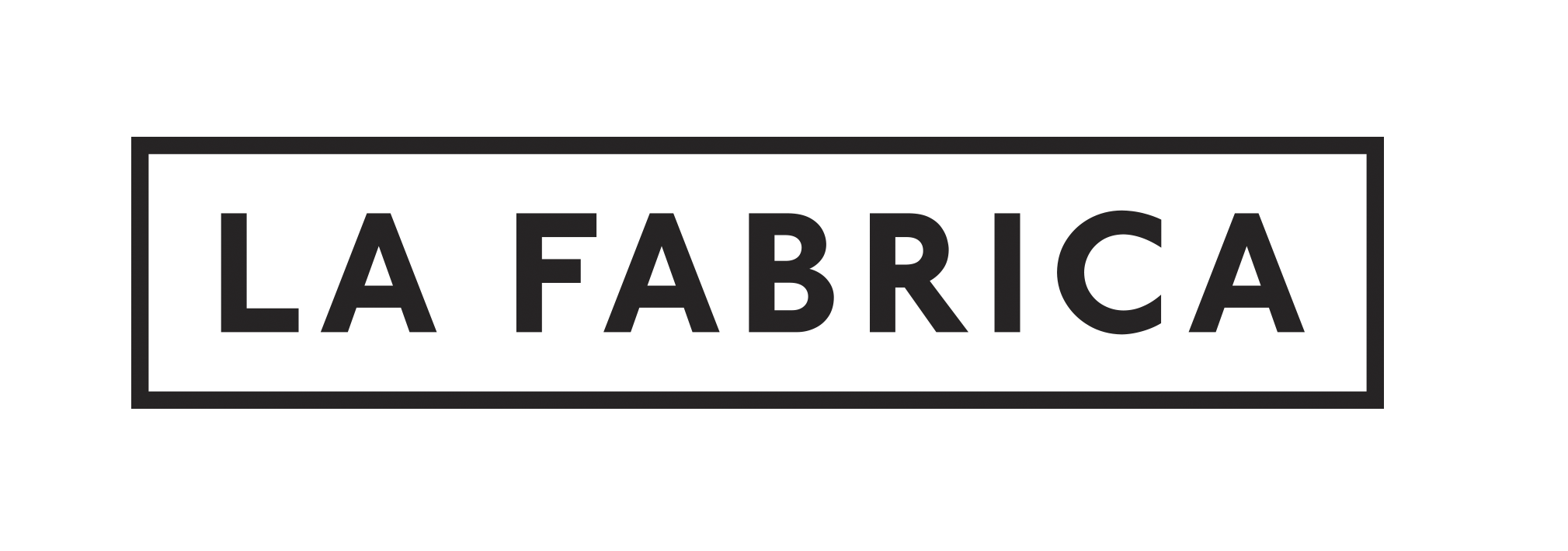La Fábrica publishes Louise Dahl-Wolfe: In Her Own Style, a survey of the American fashion photographer’s career, through more than 130 photos in black-and-white and color, featuring her most important work, including personal projects, still lifes, portraits and nudes.
Louise Dahl-Wolfe (San Francisco, California, 1895 – New Jersey, 1989) or Louise Emma Augusta Dahl, her maiden name, was “one of the most important American photographers, who modernized the fashion photography of her time, as well as the Hollywood portrait,” as curator and artistic director of La Fábrica, Oliva María Rubio, explains.
The American photographer developed her career alongside the editor Carmel Snow of Harper’s Bazaar, where she worked for twenty years beginning in 1936. She had previously worked at Vanity Fair, where she published her first picture, Mrs. Ramsey, Tennessee, in the November, 1933 issue. The image was part of a portfolio of photographs taken by the artist in Gatlinburg, Tennessee, in 1932, several of which appear in the book.
Once she began working with Harper’s a world of possibilities opened for her. As Oliva María Rubio writes, Dahl-Wolfe “possessed great mastery in the use of color, something she owed in large part to having studied painting and color theory at the San Francisco Institute of Art between 1914 and 1919.” In fact, before focusing on photography she had tried her hand at painting, but the opinion of one of her teachers had made her change disciplines.
In the words of John P. Jacob, the McEvoy Family Curator for Photography at the Smithsonian American Art Museum, her greatest accomplishment was “to create a more natural style of photography, in line with the fashion of the time,” something she achieved by portraying the major fluctuations experienced by society and contemporary life styles.
The photographer, who together with her editorial team, combined geopolitical themes with fashion, was a pioneer of her time. But Louise Dahl-Wolfe’s photos address more than just fashion; they also focus on the practice of photography, as well as its social and technical aspects. “Through photography she explored how women had changed rapidly in the span of one generation. She observed with interest how new identities arose and how traditional roles reappeared but with different facets, ” as director of the Art of Photography at Forum Frankfurt and vice-president of Deutsche Fotografische Akademie, Celina Lunsford affirms.
The 256-page book is accompanied by three texts by the photographer herself on the subjects of fashion, photography and her work for Harper’s Bazaar, spread throughout the volume’s four major chapters: Fashion Photographs, Portraits, Still Lifes and Nudes, and Color Photos. Also featured are essays by Oliva María Rubio, John P. Jacob and Celina Lunsford about the artist, her fashion photography and her portraits.
About Louise Dahl-Wolfe
Louise Emma Augusta Dahl (San Francisco, 1895 – New Jersey, 1989), began her studies at the San Francisco Institute of Art in 1914, where she took course in design, composition, art history, color theory, etc. in 1921 she met Anne W. Brigman, who introduced her to the world of photography.
After the death of her mother in 1926, she traveled to Europe and Tunisia. It was there that photography really became part of life and in 1930 she became a professional photographer; that same year she met a Dorothea Lange and Edward Weston. Two years later Vanity Fair published her first photo. In 1936 she began working for Harper’s Bazaar where she remained until 1958.
Throughout her professional career she collaborated with among others, Beth Armstrong and Hofstatten and Company within the world of decoration, and magazines such as Vanity Fair, Woman’s Home Companion and Vogue.
After the death of her husband in 1985, the Columbia College Museum of Contemporary Photography organized a retrospective of her work. Among her awards are a medal from 1939 and a prize from the Art Director’s Club in 1941.
